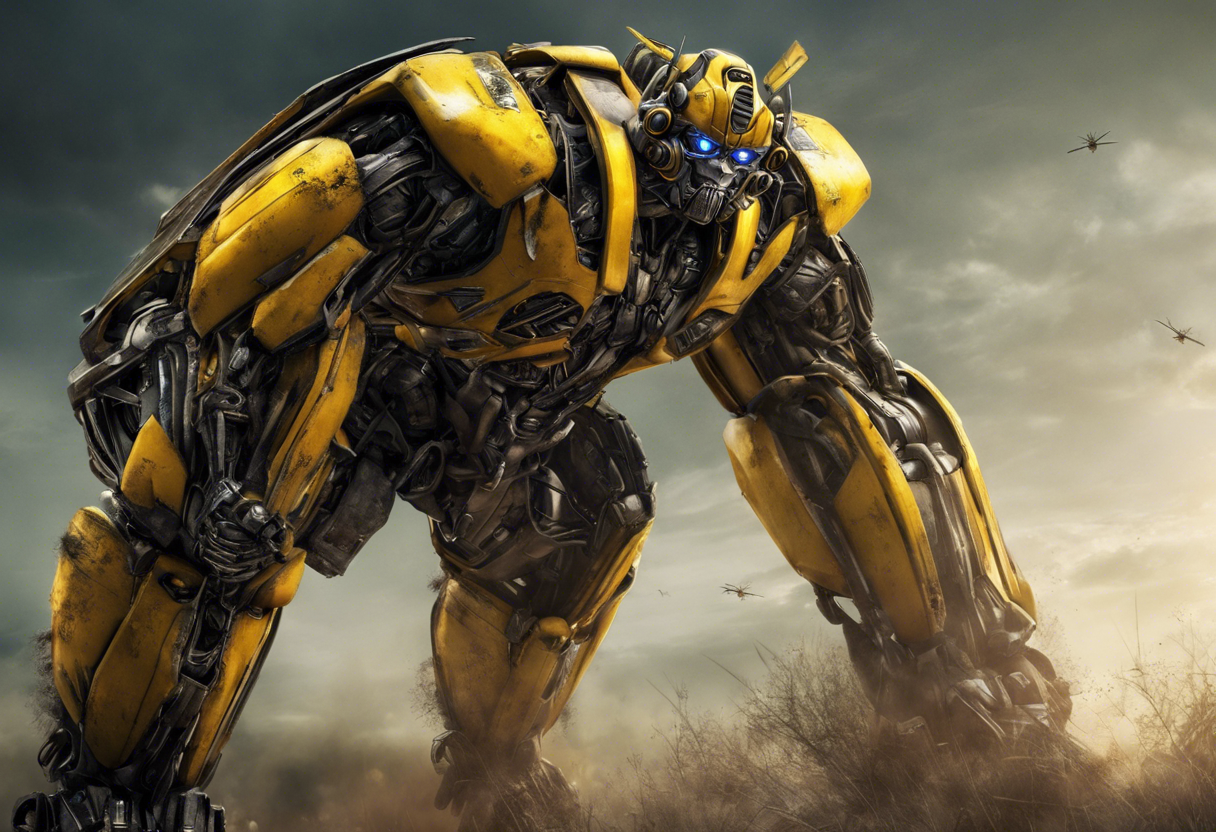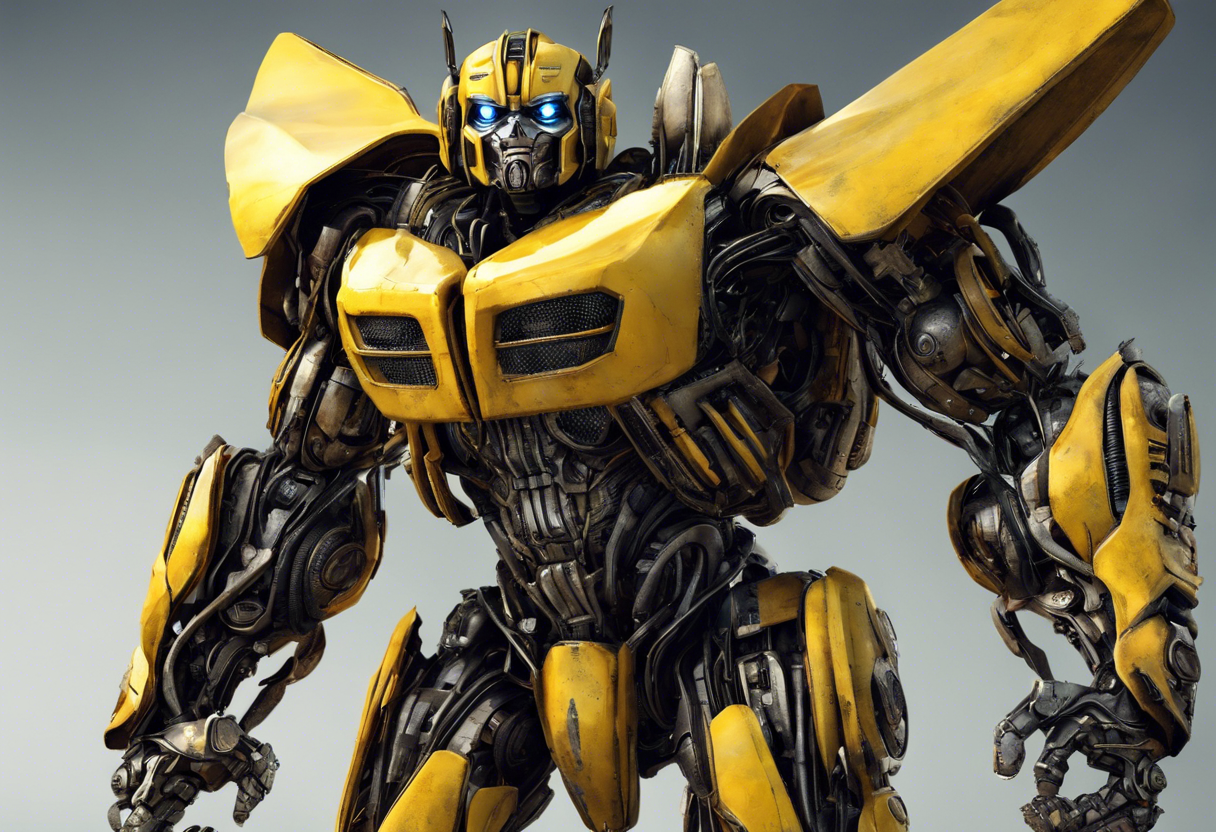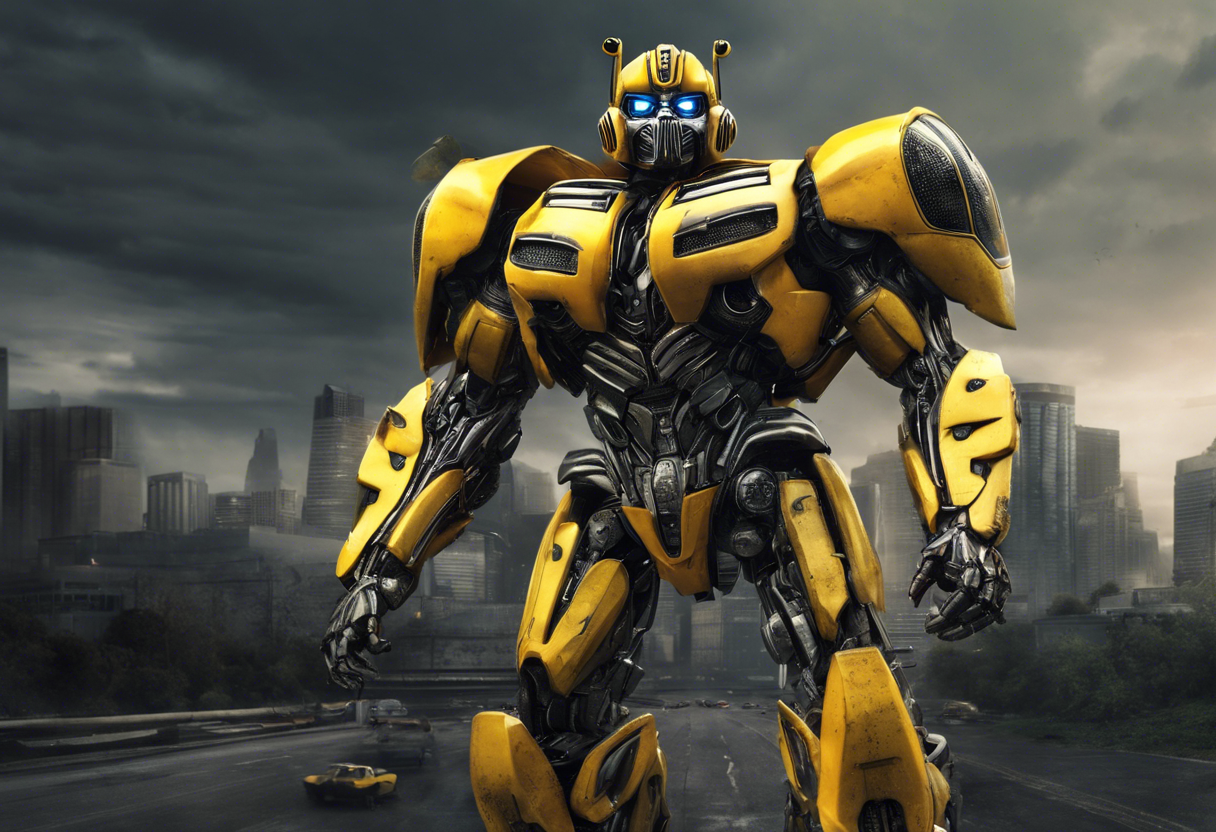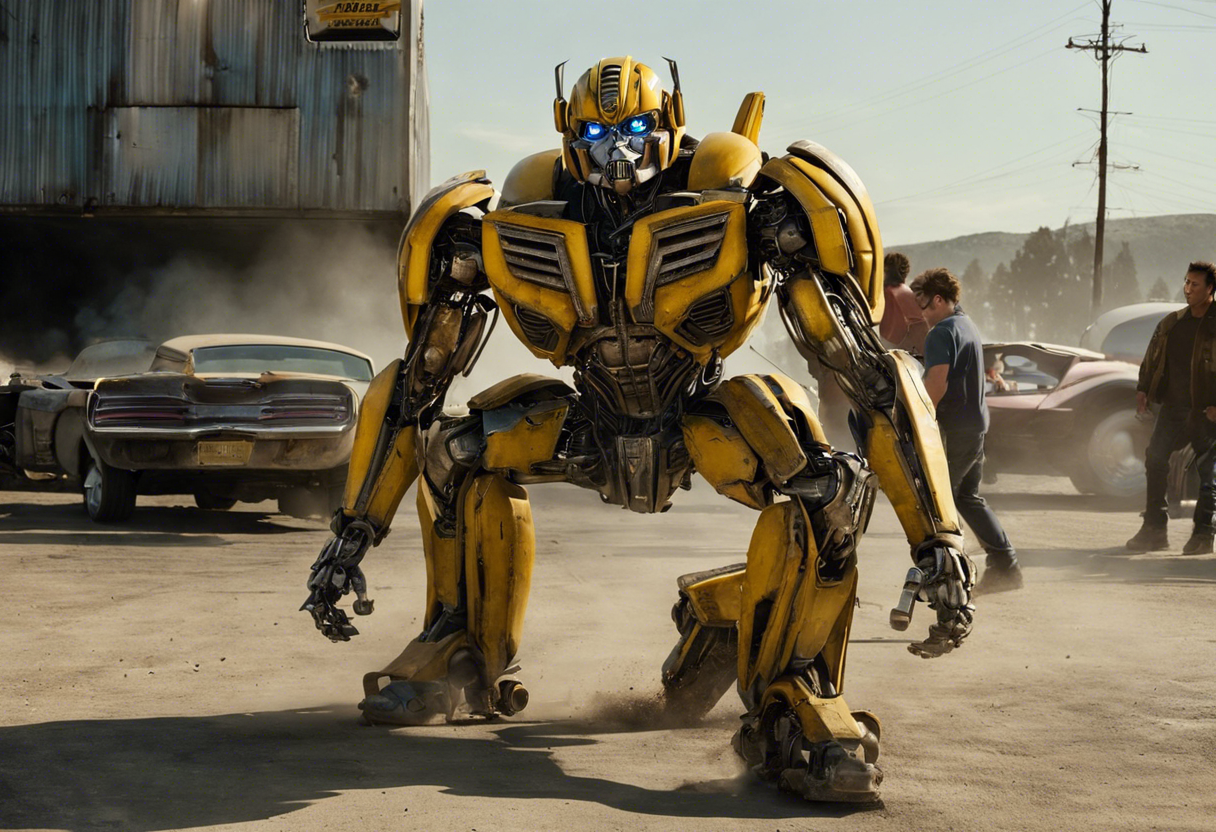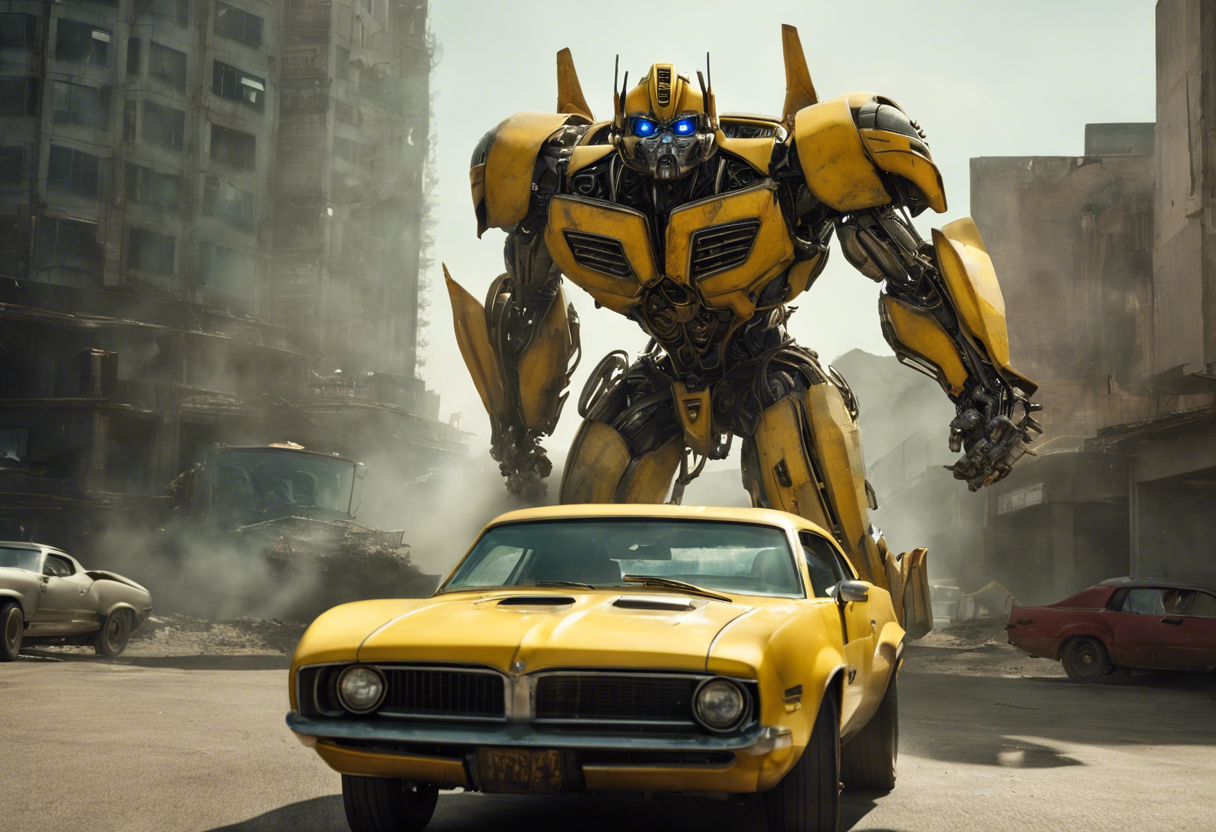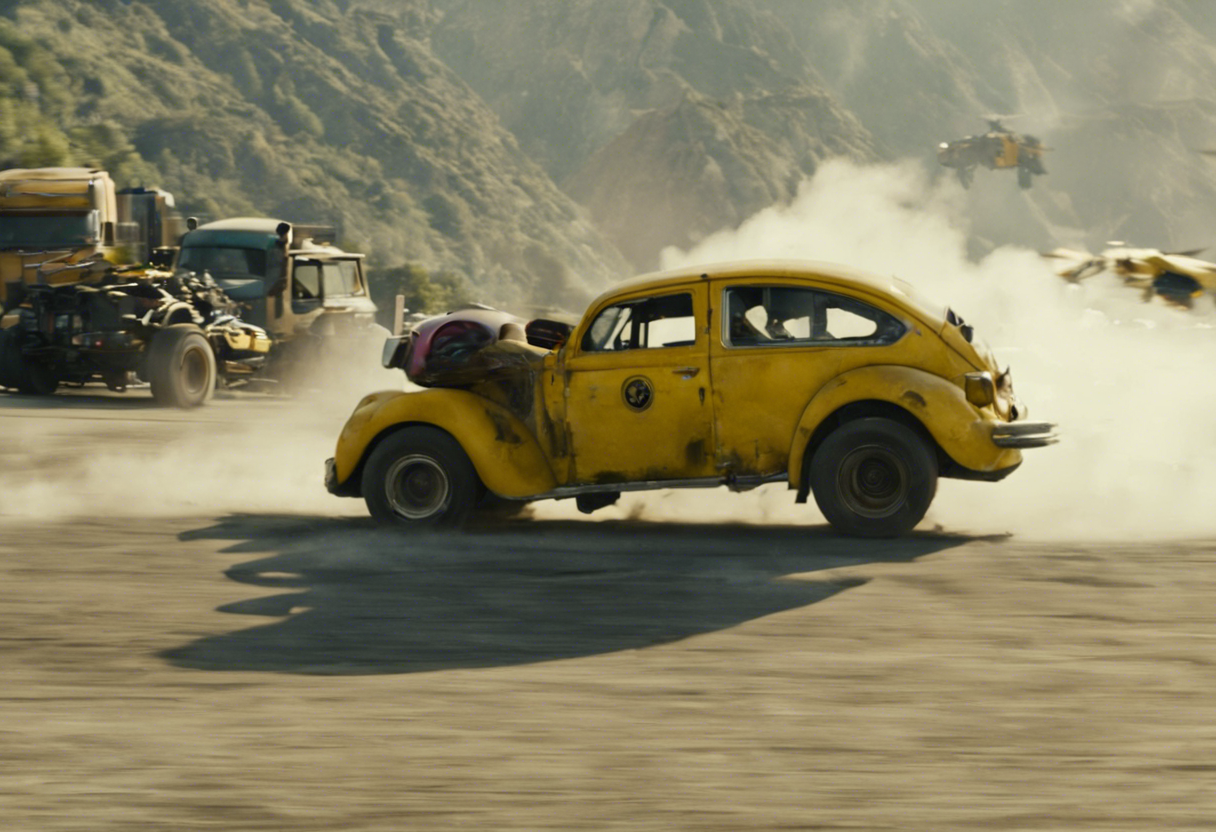Contents
Bumblebee (2018 Film)
Introduction
Bumblebee, released in 2018, is a science fiction action film that marks a significant departure from the previous installments in the Transformers franchise. Directed by Travis Knight and written by Christina Hodson, the film is based on the beloved character Bumblebee from Hasbro and Takara Tomy’s Transformers toy line. Produced by Lorenzo di Bonaventura, Tom DeSanto, Don Murphy, and Michael Bay, among others, Bumblebee serves as both a spin-off and a prequel to the 2007 Transformers film.
The film premiered on December 3, 2018, at the Sony Center in Berlin and was released in the United States on December 21, 2018, by Paramount Pictures. What sets Bumblebee apart is its more intimate and character-driven narrative, focusing on the bond between a human and an Autobot, rather than the grand-scale battles characteristic of the franchise. This approach, combined with its 1980s setting, garnered positive reviews from critics and audiences alike.
Plot Summary
Set in 1987, Bumblebee follows the story of B-127, an Autobot scout who is sent to Earth by Optimus Prime to prepare a refuge for the Autobots fleeing the war on Cybertron. After a fierce battle with the Decepticon Blitzwing, B-127 crash-lands on Earth and disguises himself as a 1969 Volkswagen Beetle.
The story introduces Charlie Watson (Hailee Steinfeld), a teenage girl who is struggling to cope with the loss of her father. Charlie discovers the Beetle in her uncle’s scrapyard and, upon starting the car, unknowingly activates B-127, whom she later names "Bumblebee." As Charlie and Bumblebee form a strong bond, they are pursued by the Decepticons Shatter and Dropkick, who have tracked Bumblebee’s signal to Earth.
The plot unfolds with Charlie learning about Bumblebee’s true nature and his mission to protect Earth. Along the way, she confronts her emotional baggage, including her grief over her father’s death, and finds solace in her friendship with Bumblebee. The film’s climax involves a series of intense battles between Bumblebee and the Decepticons, culminating in Bumblebee’s ultimate victory and his decision to leave Earth to continue his mission, but not before a heartfelt goodbye with Charlie.
Themes and Symbolism
Bumblebee delves into several profound themes that enrich its narrative. One of the central themes is the concept of post-war trauma and loss of identity. Bumblebee, having suffered significant damage and memory loss, and Charlie, grappling with the loss of her father, both find a sense of purpose and healing through their friendship. This theme is underscored by the film’s use of symbolism, particularly in the scenes where Charlie "fixes" Bumblebee, which can be seen as a metaphor for healing and restoration[3][5].
The film also explores the theme of companionship and the power of human connection. Charlie and Bumblebee’s relationship transcends species, highlighting the universal need for companionship and understanding. The 1980s setting adds a nostalgic layer, using period-specific music and visuals to evoke a sense of time and place that complements the emotional journey of the characters.
Romance, though not explicit, is another subtle theme present in the film. The bond between Charlie and Bumblebee is often described as having romantic undertones, symbolized by moments such as when Charlie and Bumblebee share a heartfelt moment to the tune of Sam Cooke’s "Unchained Melody"[3].
Cultural Impact
Bumblebee made a significant impact on popular culture upon its release. It was praised for its more grounded and emotional storytelling, which resonated with audiences looking for a different take on the Transformers franchise. The film’s success can be seen in its box office performance, grossing $468 million worldwide against a production budget of $102–135 million[1].
The film’s influence extends beyond its financial success. It has been credited with revitalizing interest in the Transformers franchise and has inspired a new generation of fans. The character-driven approach and the focus on emotional depth have set a new standard for future films in the franchise, such as Transformers: Rise of the Beasts, which was released in 2023[1].
Critical Reception
Bumblebee received overwhelmingly positive reviews from critics. The film was praised for its action sequences, Hailee Steinfeld’s performance, Travis Knight’s direction, and the nostalgic 1980s setting. Critics noted that the film’s more intimate scale and character-focused narrative made it stand out from other Transformers films[1][3].
The film was nominated for several awards, including the Saturn Awards for Best Science Fiction Film and Best Supporting Actress for Hailee Steinfeld, and the Teen Choice Awards for Choice Action Movie, Choice Action Movie Actor for John Cena, and Choice Action Movie Actress for Hailee Steinfeld[1][4].
Despite being the lowest-grossing installment in the franchise at the time of its release, Bumblebee was a critical and commercial success. It has since become a fan favorite, appreciated for its unique approach to the Transformers universe.
Legacy
Bumblebee has left a lasting legacy in the world of cinema and the Transformers franchise. It has inspired a new wave of filmmakers to explore more character-driven narratives within the sci-fi and action genres. The film’s success has also paved the way for future Transformers films to adopt a more balanced approach between action and emotional depth.
The film’s impact on popular culture is evident in its enduring popularity and the continued interest in the character of Bumblebee. The character’s induction into the Transformers Hall of Fame at BotCon 2023 further solidifies his place in the franchise’s history[5].
In conclusion, Bumblebee is a testament to the power of storytelling and the importance of emotional connection in film. Its legacy continues to inspire and entertain audiences, making it a significant and memorable addition to the Transformers franchise.

